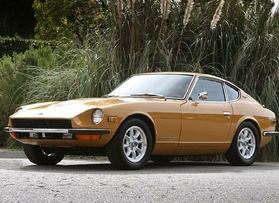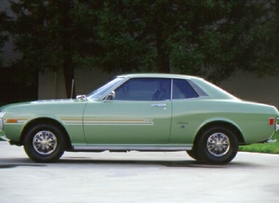

Inside Nihon Goshin Aikido ~ #52
July 5, 2017
In This Issue:
- Do Your Remember the First Car You Were Proud to Own?
- Over the Back Throw
- Articles of Interest
- Growing Our Subscriber Base ~ Please Forward to your Friends and training buddies
Greetings Nihon Goshin Aikido Aficionado!
As I”m sure everyone remembers that yesterday was July 4th. It might have been confusing in some ways as we celebrated “July 4th Weekend” a few days prior. I was talking to a friend of mine on the phone, this weekend, and ended the call with “Happy Independence Day.” There was a pause, and he replied “Dude, Independence Day is not until Tuesday.” I fired back, “It’s all good because I celebrate my freedom from tyranny every day of the year.” Truth!
1. Do You Remember The First Car You Were Proud to Own?
I owned 2 cars before I had a car I was really proud to own.
My very first car was a 1972 Toyota Corolla that my Dad bought for $500 (and I payed him back). To put this in perspective, an Atari was $128 dollars a few years earlier, so we are speaking in very "economical terms." This Corolla had been repainted, without a primer coat, so depending on the light the car was sitting in, the car could look ruby red, or dark caramel. The car also burned oil at nearly the same rate that it burned gasoline. I kept a case of 10w-40 oil in the trunk, and I added a quart of oil every time I filled up with gas. It worked for a while.
Then, one day, I forgot to put the oil cap back on after popping the hood to add oil as I filled up the tank with gas. I realized my blunder at my next fill up.
I informed my Dad of the situation. Now my Dad, who was born a 1941 depression baby, addressed the issue as all depression era babies might. He cut a square section out of an old rubber inner-tube he found in our garage. He stretched this newly cropped piece of rubber over the hole in the top of the crank case where the oil cap normally went, and secured it with a hose clamp.
We cranked the car up, and watched the section of inner-tube inflate like a hot air balloon laying on its side as the oil pressure rose to operational level. As the car idled, my Dad stood and gazed at the result of his marvelous ingenuity, utility, and cheek. At the same time, I was wondering “Why don’t we just go to the car parts store and buy a replacement oil cap?” ~ but some things were not said that might should have been said in 1983, so I held my tongue.
After a few minutes of watching the inner-tube in action, Dad gave me a small Phillips head screwdriver, as he said, ”You loosen the hose clamp with this screwdriver. Then you can add oil. Do not lose it.” He put high emphasis on the word "not" ~ in "Do not lose it." Of course, within a week or two, the Phillips head screwdriver was long gone, and I did not have the heart to tell my Dad, because I was uncertain as to how he might fabricate a Phillips head screwdriver out of the remains of the old inner-tube still stored in the garage. I asked one of my buddies if his dad had a Phillips head screwdriver, to which the answer was in the obvious affirmative. He said he would bring me one the next day.
Unfortunately, on the way to school the next day, the "Engine Oil Light" came on. With no screwdriver to take off the hose clamp and add oil, I pressed on to the "Double Check" which was the only gas-station/grocery store in our small town. There my Dad had an "account" in which my brother and I could buy breakfast (typically a Pint of milk, and a sleeve of chocolate doughnuts, as well as gas.).
About a mile from the "Double Check" the engine was screaming, but I pressed onward because I was so close to the store, and I didn't want to be late for school. About a hundred and fifty yards out, the engine started sounding a lot like a jet plane revving up its engines before takeoff. It was a very unpleasant sound to hear, so I killed the motor, and coasted the remaining distance into the Double Check parking lot. I ran inside and asked if they knew of any place I could get a Phillips head screwdriver. It turns out they sold them. I put one on our account , came out, lifted the hood, and noted that at some point, the inner-tube had split right down the center. There was oil everywhere ~ indicating that my Dad's makeshift oil cap had been split for quite some time. Best of all, I had easy access to add oil without the screwdriver! I quickly returned the never used item for a credit on the account, and I added 2 quarts of oil to the engine out of my supply from the trunk. My moment of triumph was short lived however, as the engine would not turn over. It was towed to a garage later that afternoon where a certificate was issued and certifying: "Cause of Death: Excessive Depression Era Frugality with an Overdose of Teenage Stupidity."
My second car was not much better than the first car. It was my Dad's old Toyota Celica. I nicknamed it the "Green Dragon" because it sounded cool, and the car had a faded green vinyl top, to match its faded green paint. It also had over 200,000 miles on it.
The most interesting feature of the car was that the driver's seat back was broken. It rested at about a 45 degree angle off the floor. Sitting in the seat with my back firmly against the seat and my head on the head rest gave me a tremendous view of the car's interior ceiling.
Driving that car always delivered the most insane abdominal workouts. 33 years later, people in the gym sometimes ask me about my abdominal development. "What exercises do you do to get those abs?" They think I'm joking, when I tell them about this car and all the time I spent driving around in it while holding a sit-up so I could see over the dashboard. Fun times.
Thankfully this piece of automotive garbage was prone to regular breakdowns. After being nickel and dime'd to death one too many times, my Dad sold it to someone who never had a problem with it. I guess we had fixed everything that could break before we sold it ~ except the driver's seat.
That leads us to the "first car" I was proud to own ~ which in reality was my third car. It was a 1971 Datsun 240-Z. I had grown up loving this car. My uncle (who is more like an older brother because he is only 10 years older than I am), was the car's owner before I took possession of it on my 18th birthday (September 2, 1985). Uncle Mike was a master at keeping this car clean, and you could have eaten off the engine with the same confidence you might eat off of one of the plates in your kitchen cabinets. I can remember helping him break ice out of the garden hose one frozen Saturday morning so that he could wash and wax it. He loved that car, and I loved that car.
I drove the car for 5 years, and I did my best to maintain its pristine condition. Unfortunately, love and devotion do not overcome 19 years of mechanical wear; even with Japanese engineering. Every so often, I'd come out to the car and notice a bolt resting on the ground underneath it. This was particularly disturbing as I knew that the bolt was very likely to be connected to something important on the car. Of course, it didn't matter how big or small the bold was, I'd look all over, and I could never figure out where the bolt was supposed to go.
Eventually, I kept a plastic cup in the car to hold all of these unclaimed bolts. When I sold the car in late 1990, I had an over-sized cup full of all different shapes and sized bolts that I had found underneath the car.
I remember my 240-Z as a sleek 2-seater with an inline 6 cylinder engine and 151 horsepower. It was a pristine roadster with immaculate paint, an aftermarket Monza exhaust system that generated a throaty sound that I could still recognize today if I heard it), and a spartan/ racing interior. I remember the car that was rated as the 2nd best sports car money could buy from 1970-1979. I remember a car that literally turned everyone's heads.
I met my would be wife the year before I sold the car, and well into the car's bolt collection stage. She rode in it often. If you were to ask my wife about the car, it would be abundantly clear that she does not remember the same car that I do. If you asked her about what she remembers most about my 1971 butterscotch beauty, she would say: "It was a total piece of junk. The only thing I can remember is that any time you turned right, the horn would blow." ~ and she would be correct.
There is absolute truth in both recollections.
When I was thinking about Classical Techniques, and my 240-Z, I drew an obvious parallel. If you don't practice all 50 of the techniques regularly, the details (bolts) that hold a particular Classical Technique together will eventually fall out, leaving you executing a technique that is a mere shadow of its martial self.
The memory is the trick though. You'll remember the version of yourself doing the technique that was legitimate, but after all these details have fallen out, everyone else will simply see the technique in its current condition. Speaking in 240-Z car terms, you look at your technique and continue to see the second best sports car of decade, but everyone else sees the car with the hole in the passenger side floorboard (covered by a real estate sign), while simultaneously wondering why you keep blowing the horn every time you make a right turn.
We must practice practice practice.
2. Keys to the Over the Back Throw:
Last week I was practicing the Over the Back Throw with a blue belt student. As you can imagine, The Over the Back Throw is one of those "least practiced techniques" due to the fear students invariably have when first making a break-fall with both hands trapped ~ and that is if everything goes "well." Of course, we all know that sometimes things do not always go well, and that makes our reluctance to practice the Over the Back Throw even greater.
Here's one example of a time things did not go as expected with the Over the Back Throw for me. When I was reviewing the Classical Technique before testing for my brown belt, I can remember dropping my uke (Reed Talbot) directly onto his head ~ having loaded him up in the wrong spot on my back. His weight was way too high, causing a great deal of stress on the vertebrae in my lower back. The adverse reaction to the improper load was immediate and devastating. My back seized up tighter than Dick's hatband; resulting in an immediate and complete structural collapse. Thankfully Reed's head was there to soften the impact of my fall.... Memories.
What bolt was I missing? The direction of my Lead. Here's are the details. As it relates to proper execution of the Over the Back Throw, to get uke into that consistently ideal position (low on your back with his belt knot centered on the belt line of your obi), follow these guidelines. The entry footwork should take you deep between uke's legs ~ with the inside of your entering knee (let's say right knee) touching the backside of uke's knee (also right knee in this example). This initial step gets you deep enough, and entering in this fashion lowers your one point to a close approximation of the ideal depth. Once in this position, as you begin to lower your back so it is parallel to the floor, you lead uke's hands Up and then Back (towards your left hip in this instance). The lead Up keeps uke from coming down on your back too early. The lead Back (toward your hip), drops uke's belt knot directly over your the belt-line of your obi the instant your back is ready to accept the load, and your legs immediately begin to drive up (to pop uke over). If you do it that way, you'll never miss an Over the Back Throw setup, and you'll have fabulous throws to boot.
So if you have misplaced the "bolt" that ensures uke will always be loaded on your lower back in the correct position, make sure you reattach it firmly to its station. Your effort may or may not require a Phillips head screwdriver. If it turns out that a Phillips head screwdriver is required, you can buy one at the Double Check in Chapin, SC (although it is now called, "Zorba's") ~ I believe we still have an account there. Put the purchase under my Dad's name.
Disclaimer: Obviously, your Sensei has his own set of markers to make the Over the Back Throw pop ~ which may be different than my Sensei's set of markers. I'm sure of this though: if you do it exactly the way he tells you to do it, you'll be fine because while there may be different conceptualizations of how to explain the throw, the mechanics of the throw are generally the same.
Articles of Interest:
An Interview with my Sensei, John Carter
Master Shodo Morita’s Signature Circle ~ The Yang Blend
Over the Back Throw Applications
Until next time, let's meet together on the mats, and soon.
All the Best,
Jonathan Wilson
NGAexperience.com
PS: Please forward this link to your Nihon Goshin Aikido training buddies and ask them to subscribe to our free monthly newsletter.


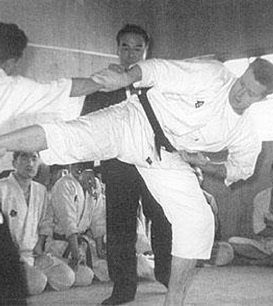

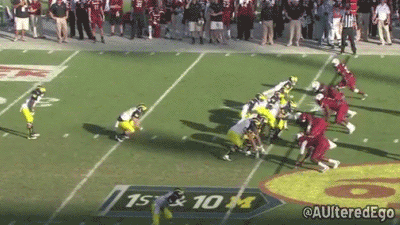
Unless otherwise stated, the author’s views, musings, and opinions do not necessarily reflect the attitude of leadership within any of the various Nihon Goshin Aikido associations, or unaffiliated Nihon Goshin Aikido dojos.
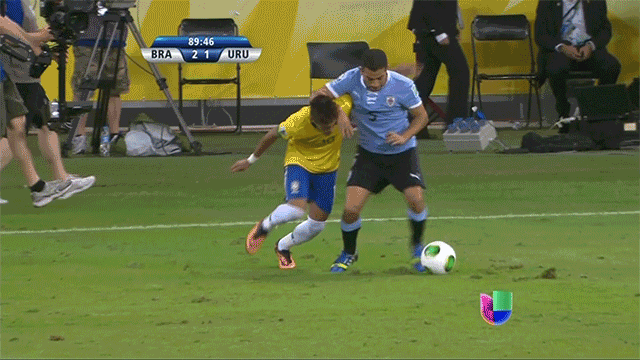
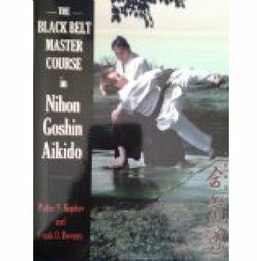




2014 - 2021 ngaexperience.com
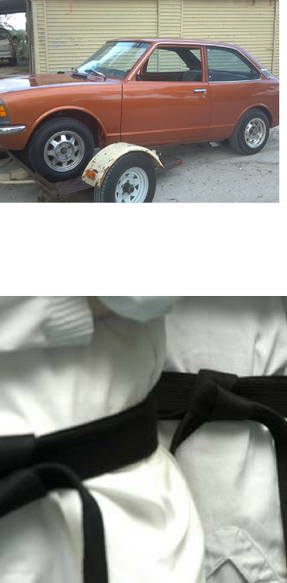

The best time to plant a tree was 20 years ago. The second best time to plant a tree is today.
Click here for a list of Nihon Goshin Aikido Dojos ~ and begin training with us today!


